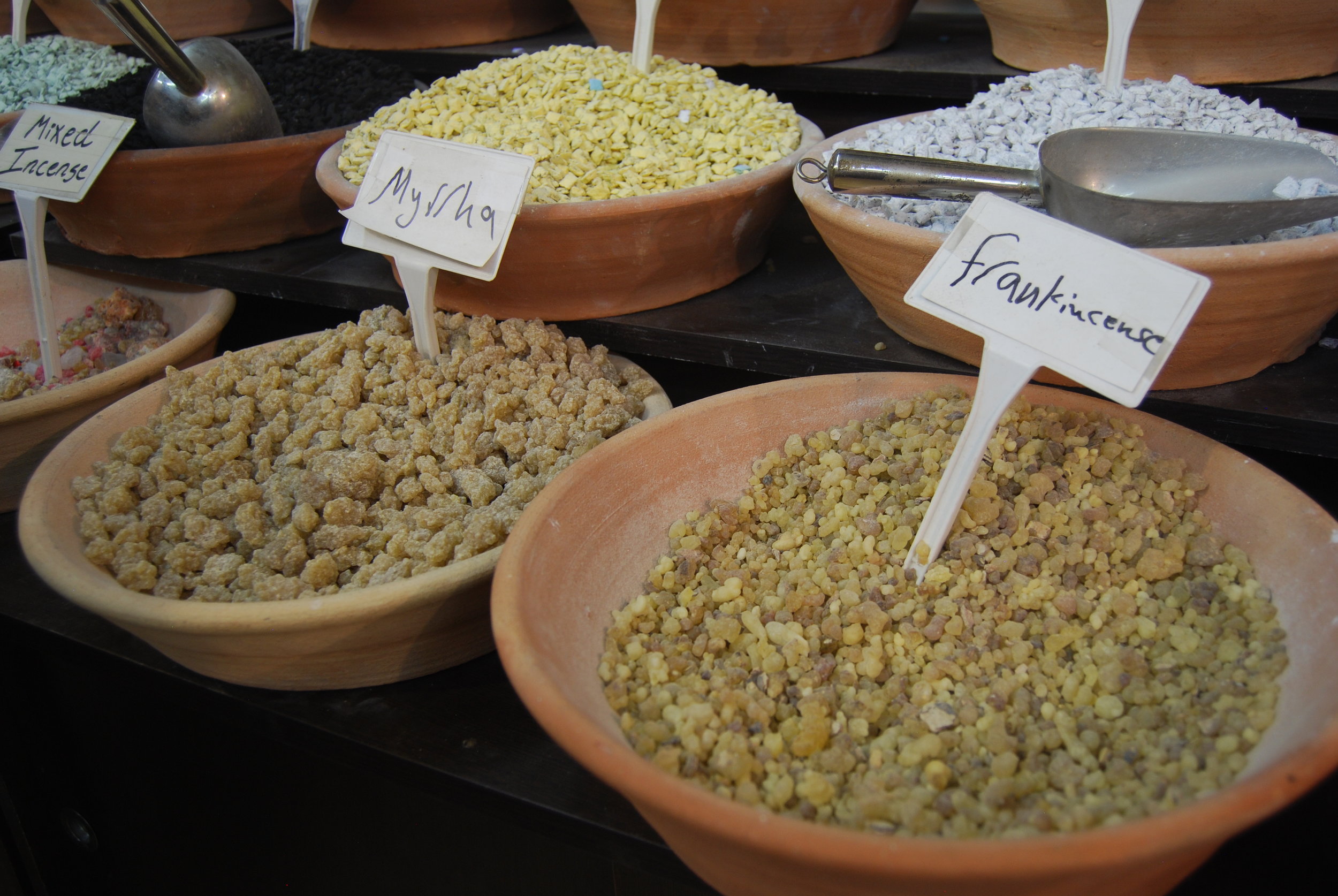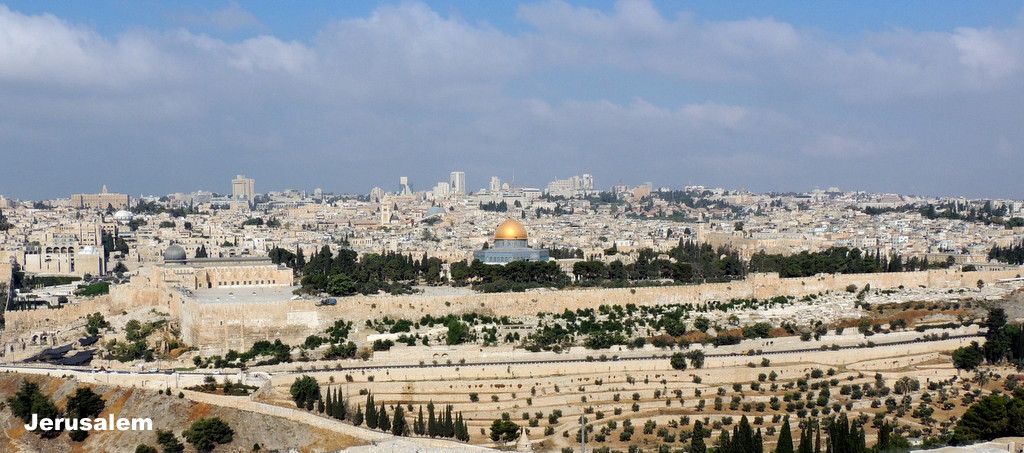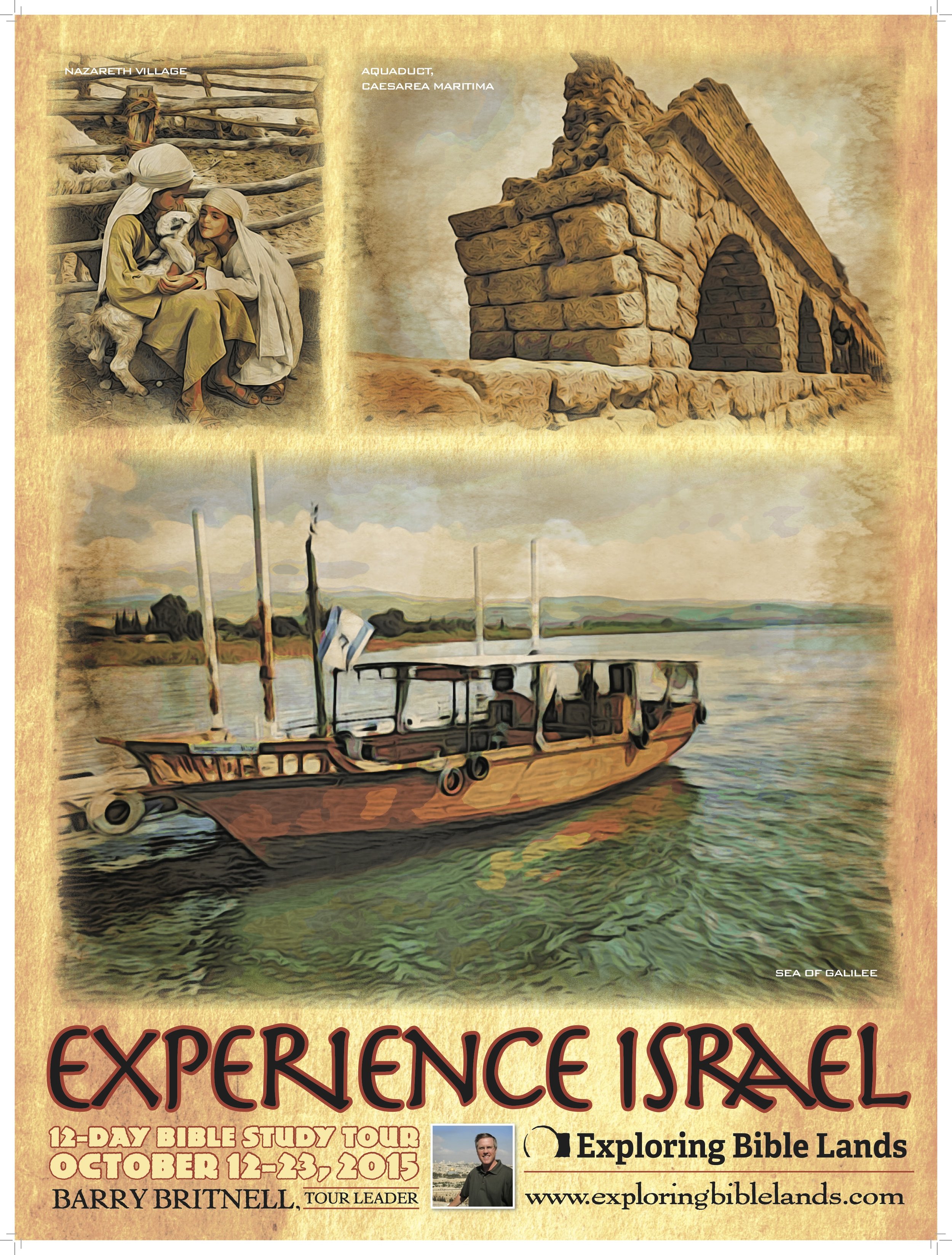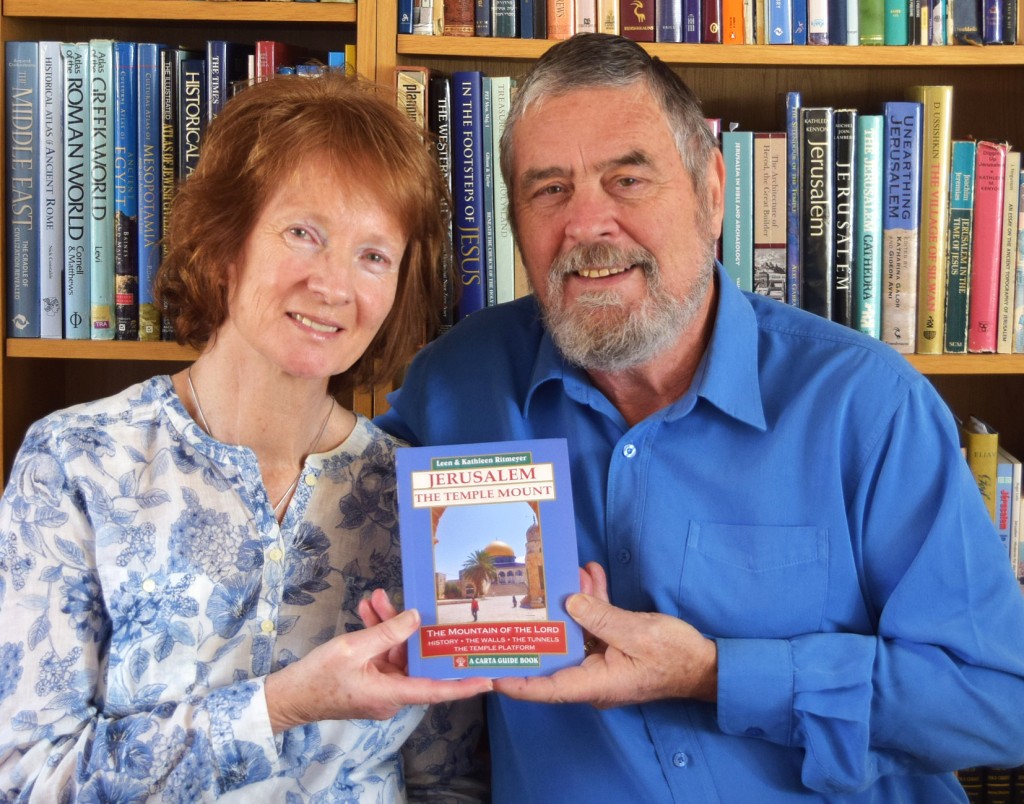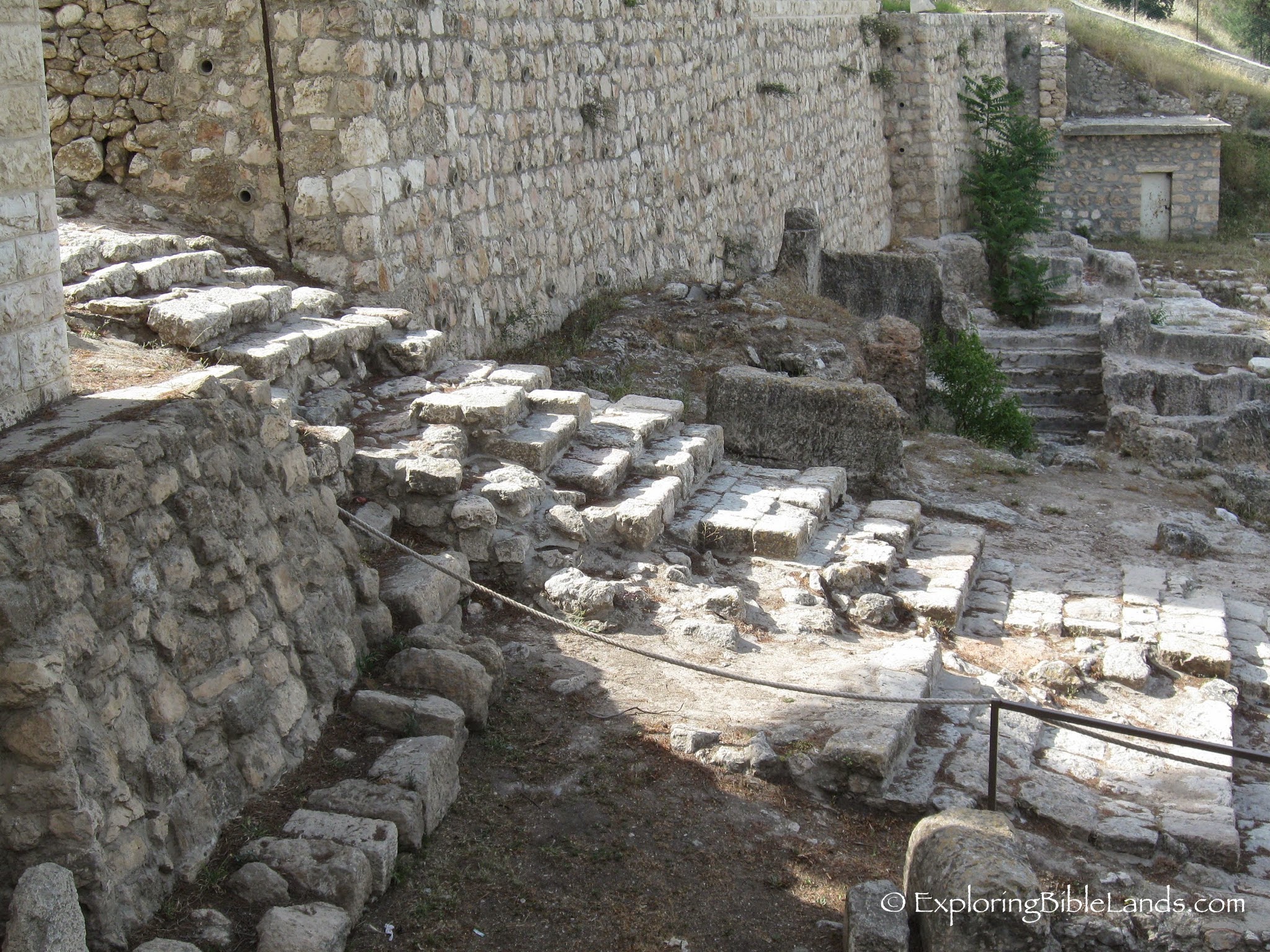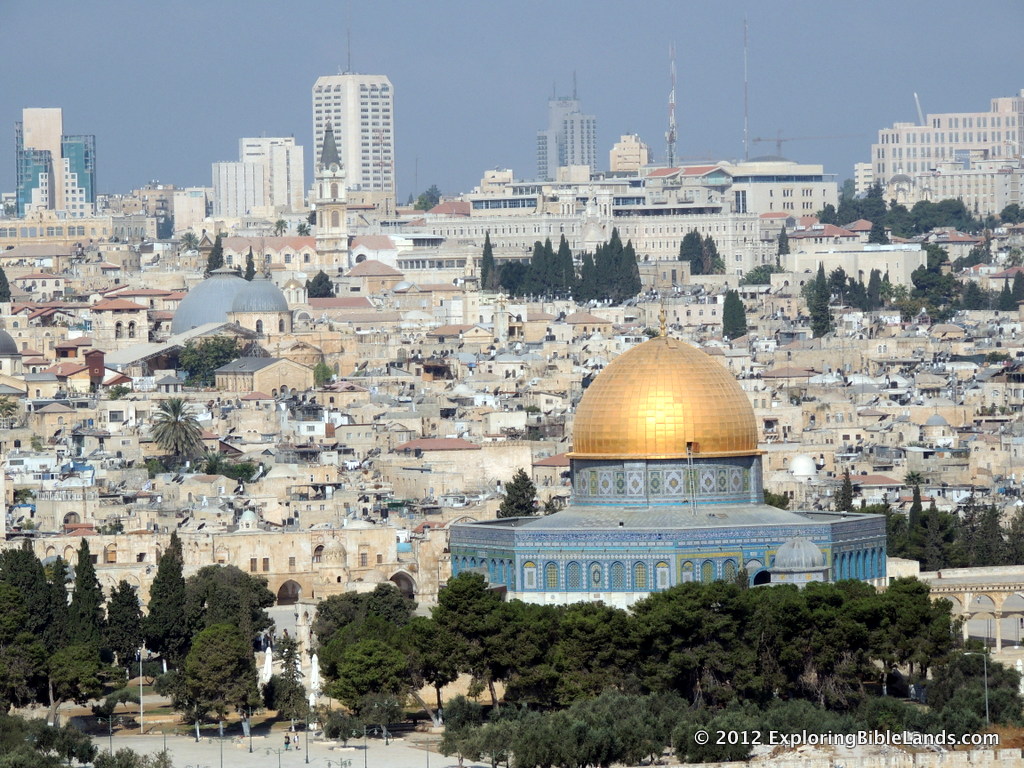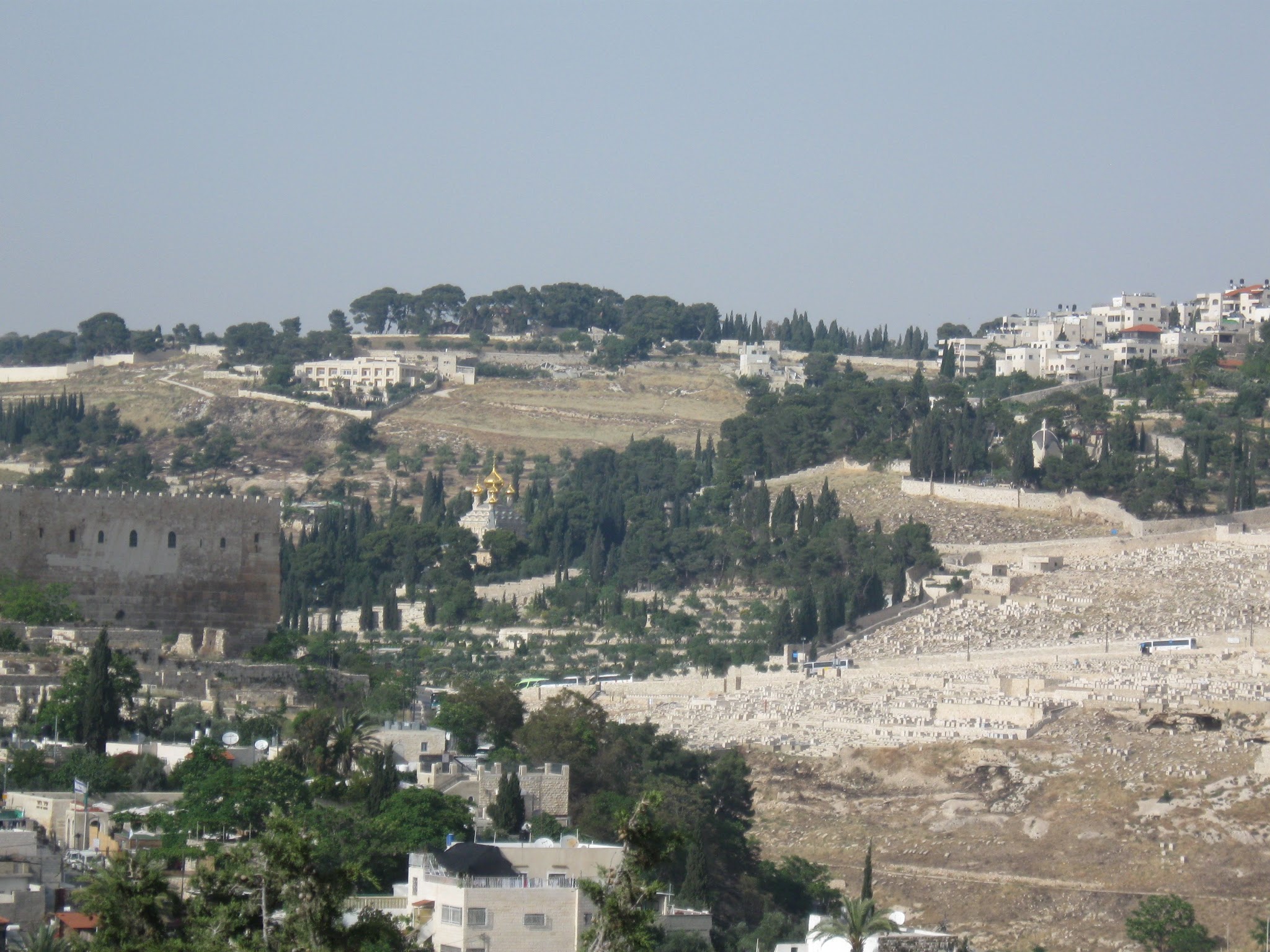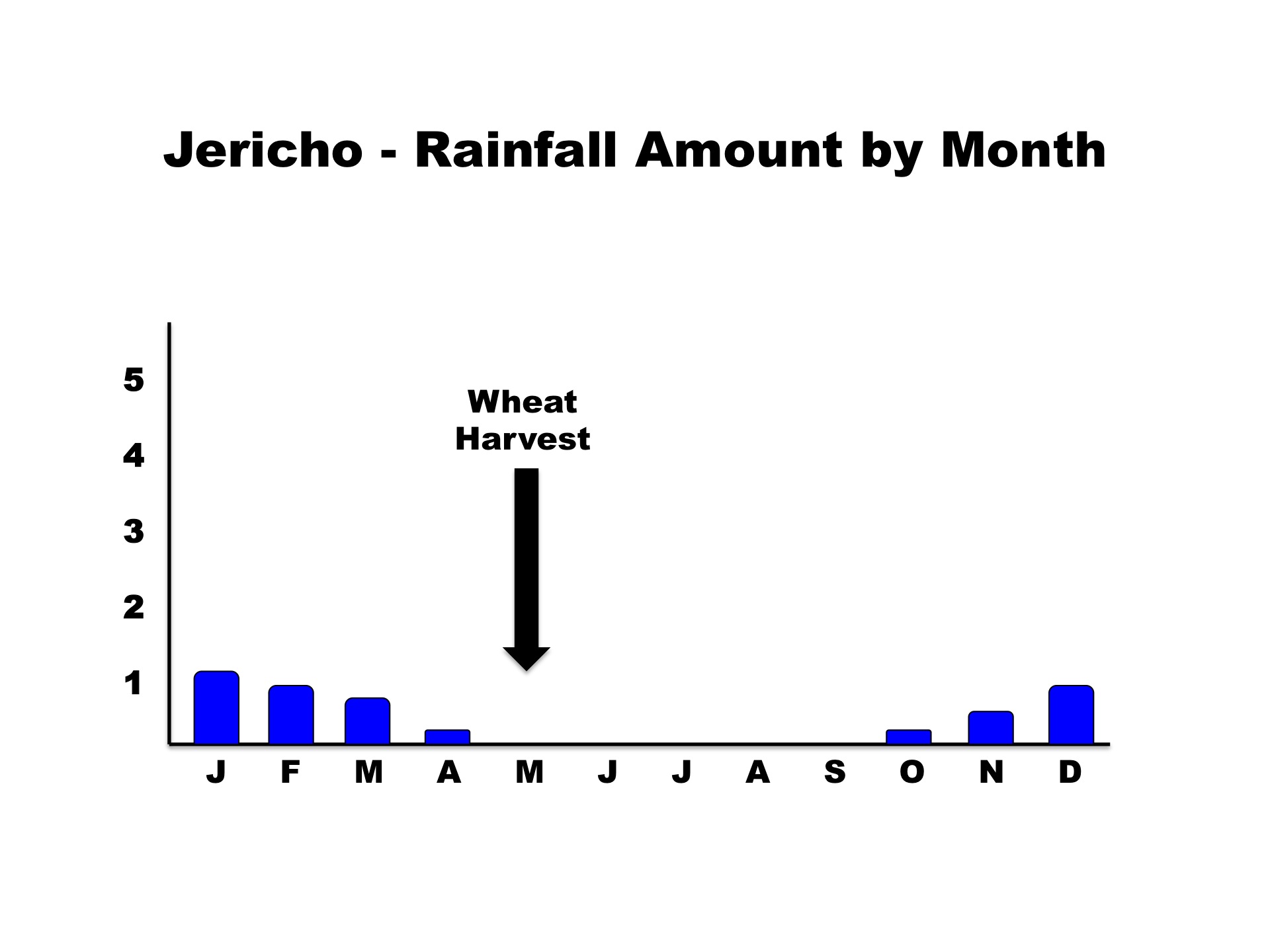Recently, I was asked to speak on the topic of "Walking Like Jesus". I thought that I would share some of my thoughts from that presentation in a series of blog posts. Since Jesus was raised by a good Jewish family, he undoubtedly made many trips to Jerusalem during His childhood. We read in Luke 2 of one particular trip that His family made.
Now his parents went to Jerusalem every year at the Feast of the Passover. And when he was twelve years old, they went up according to custom. And when the feast was ended, as they were returning, the boy Jesus stayed behind in Jerusalem. His parents did not know it, but supposing him to be in the group they went a day's journey, but then they began to search for him among their relatives and acquaintances, and when they did not find him, they returned to Jerusalem, searching for him. After three days they found him in the temple, sitting among the teachers, listening to them and asking them questions. And all who heard him were amazed at his understanding and his answers. And when his parents saw him, they were astonished. And his mother said to him, “Son, why have you treated us so? Behold, your father and I have been searching for you in great distress.” And he said to them, “Why were you looking for me? Did you not know that I must be in my Father's house?” And they did not understand the saying that he spoke to them. And he went down with them and came to Nazareth and was submissive to them. And his mother treasured up all these things in her heart. - Luke 2:41-51
The picture at the top of this post is of the southern steps leading up to the Temple Mount.
Jesus walked here.
During the first century, King Herod remodeled the temple. It was (and still is) a monumental structure. The entire Temple Mount area covers 39 acres. No doubt, it would have been awe-inspiring to a 12-year old boy from a small village in Galilee.
What can we learn about Jesus' visit here? We can learn that when Jesus walked up those steps, He already knew what His purpose in life was to be. He was here to fulfill His Father's will. Recognizing this, it begs the question: Do you know what your purpose in life is?
We have many distractions in life. Jobs, family, friends, entertainment, etc are all things that occupy our time. And, they often impact the decisions that we need to make. Jesus once said:
Seek ye first the kingdom of God and His righteousness and all these things shall be added to you. - Matthew 6:33.
Notice that Jesus did not tell us not to see other things in life. But, we are to seek God first.
Do you want to walk like Jesus? Then take a walk up the southern steps of the Temple Mount and remember that our purpose in life is to serve God.
Bonus information:
Recently, I have been involved with Appian Media to film videos about the early life of Jesus. While we were in Israel, we filmed some videos on the steps to the Temple Mount that I mentioned above. One of our photographers, Craig Dehut, recorded a small recap video from that day and the personal impact visiting this location had on him.
BIBLE STUDY TOUR OF ISRAEL - JUNE 6-15, 2017
How would you like to join me next summer on a Bible study tour of Israel? Next June, I will be leading another tour group and I would love for you to join me! Reservations and deposits are already coming in, but we still have plenty of room. This is a first-class tour with every moment filled with something to remember.
We will be visiting Caesarea, Nazareth, Megiddo, the Sea of Galilee, Capernaum, Hazor, Dan, Jezreel, Megiddo, Jericho, Jerusalem, Bethlehem and dozens of other places. This tour is perfect for husbands/wives, parents/children, grandparents/grandchildren, and anyone who is a student of God's Word.
If you are interested, please contact me and go to my website to find out more information!






